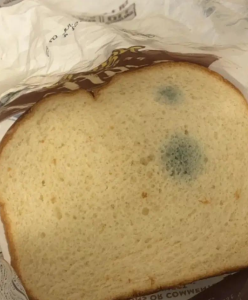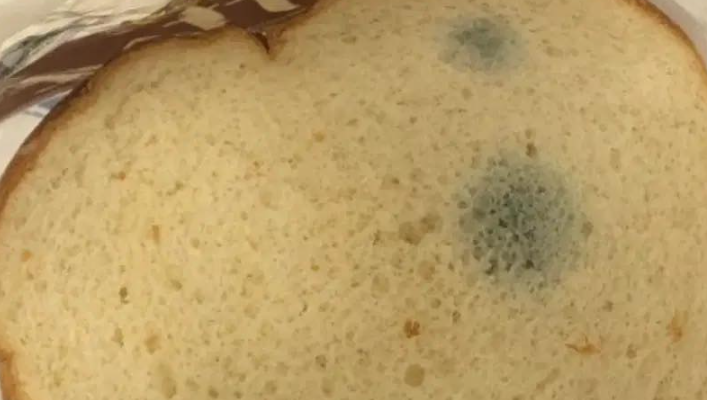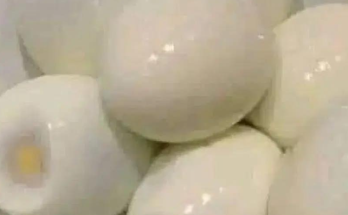Bread is one of the oldest and most universal foods in human history, found in kitchens from Paris to Phnom Penh. But anyone who has ever bought a loaf knows the frustration of finding it hard, dry, or seemingly past its prime after only a few days. The big question that arises in households everywhere is simple: when is stale bread still safe to eat, and when is it time to toss it in the bin? Understanding the science of bread, its spoilage process, and practical uses for stale slices can help reduce waste, protect your health, and make the most of every loaf.
What does “stale” really mean?
When we describe bread as stale, we’re usually talking about changes in texture and taste. Fresh bread is soft, moist, and fragrant. Over time, it becomes dry, crumbly, and less flavorful. Contrary to popular belief, bread does not necessarily go stale because it loses water. Instead, starch molecules inside the bread undergo a process called retrogradation. After baking, starches that were gelatinized by heat begin to recrystallize. This shift changes the way bread feels in your mouth, making it tougher and less pleasant.
The good news is that staleness itself is not the same as spoilage. A stale loaf is often perfectly safe to eat, though less enjoyable. In fact, stale bread has culinary uses that fresh bread cannot easily provide, from breadcrumbs to croutons and bread pudding.
Stale bread vs. moldy bread
The crucial difference between stale and spoiled bread lies in mold. Stale bread that is simply dry and tough is safe to eat. Moldy bread, however, should be discarded immediately. Mold appears as fuzzy patches that can be white, green, blue, or black. Even if mold is visible only on one corner, the microscopic roots may have spread throughout the loaf. Eating moldy bread can cause allergic reactions, stomach upset, or exposure to dangerous mycotoxins.
A quick inspection of your bread should always be your first step. If the loaf is firm but free of visible mold and smells normal, it’s stale but edible. If it has any suspicious spots, discoloration, or musty odors, do not take chances — throw it away.
Can stale bread make you sick?
Stale bread itself does not harbor harmful bacteria or toxins. Its only “flaw” is texture and taste. However, the longer bread sits, the greater the chance mold will grow. Once mold has set in, even cutting off the visible portion is not enough. Because mold spreads invisibly, experts recommend discarding the entire loaf. Unlike hard cheeses or cured meats, bread’s porous texture allows mold to penetrate deeply.
How to revive stale bread
If you’ve found yourself with stale bread that has not gone moldy, there are a few simple tricks to revive it. One of the most common methods is to lightly dampen the loaf with water and place it in a hot oven (around 350°F or 175°C) for five to ten minutes. The heat temporarily reverses starch retrogradation, softening the texture and making the bread taste fresher. However, this effect does not last long; the bread will quickly harden again once it cools. For best results, only revive the portion you plan to eat immediately.
Another option is to slice stale bread and toast it. Toasting adds crispness and can mask some of the dryness. Bread that is too tough for sandwiches may still make an excellent base for bruschetta, garlic bread, or French toast.
Creative uses for stale bread
Instead of tossing stale bread in frustration, many cultures have found ingenious ways to give it new life in the kitchen. Italian cuisine, for example, is famous for using old bread in recipes like ribollita (a hearty vegetable and bread soup) and panzanella (a refreshing bread salad). French cooking has long embraced stale bread in pain perdu, better known today as French toast. In Middle Eastern kitchens, stale flatbread often becomes the base for fattoush, a salad that incorporates toasted pieces of bread for crunch.
Breadcrumbs are another timeless solution. Dried-out slices can be processed into crumbs, stored, and later used for coating meats, adding texture to casseroles, or thickening soups. Cubed stale bread can be tossed with oil and herbs, then baked to create croutons that elevate any salad. Bread pudding, both sweet and savory, is perhaps the most famous dish that transforms old bread into comfort food.
By viewing stale bread as an ingredient rather than waste, households can reduce food waste while discovering new flavors.
How to prevent bread from going stale quickly
Staleness is inevitable, but storage methods can slow the process. The worst place to store bread, surprisingly, is the refrigerator. Cold temperatures accelerate starch retrogradation, causing bread to go stale more quickly than if it were left at room temperature. Instead, bread should be kept in a bread box, paper bag, or cloth bag at room temperature, where airflow helps prevent moisture buildup and mold growth.
For longer storage, freezing is the best option. Bread freezes well if wrapped tightly in plastic or foil. Slices can be separated with parchment paper so that individual pieces can be removed as needed. When thawed, frozen bread retains much of its original quality, and toasting or reheating can restore its appeal.
Signs it’s time to toss bread
While stale bread can be rescued or repurposed, spoiled bread should always be discarded. Here are the clear signs that bread is unsafe:
-
Visible mold: Any green, blue, black, or fuzzy spots mean the loaf must go.
-
Unpleasant smell: A sour, musty, or off odor is a warning sign.
-
Slimy texture: If the bread feels sticky or slimy, bacteria may be present.
-
Excessive age: Bread left out for weeks is risky, even if no mold is visible.
Erring on the side of caution is wise. Bread is relatively inexpensive, and replacing it costs far less than dealing with foodborne illness.
Why reducing bread waste matters
Globally, bread is one of the most wasted foods. In many households, loaves are purchased with good intentions, only to be discarded after going stale or moldy. This contributes to massive food waste, which has environmental and economic consequences. Learning to use stale bread creatively, freezing extra portions, and storing it properly can all reduce unnecessary waste.
In addition, remembering that stale bread is not spoiled can shift habits. Too often, people assume that hardening bread is unsafe, when in fact it can still be eaten or cooked with. Awareness and resourcefulness are key to making the most of every loaf.
The bottom line
Stale bread is not a danger in itself, but moldy bread is. Understanding the difference helps households waste less while staying safe. If bread is simply dry and firm, it can be revived, toasted, or transformed into countless dishes. If mold has appeared, the entire loaf should be thrown away. Storage practices such as freezing or keeping bread at room temperature in proper containers can extend freshness.
The story of stale bread is ultimately one of perception. What seems like waste at first glance can become opportunity with a little creativity. From French toast to breadcrumbs, ribollita to bread pudding, the options are endless. By respecting bread even in its less-than-perfect state, we not only honor a staple food that has sustained humanity for millennia but also reduce waste and discover new culinary possibilities.
The next time you find a loaf on the counter that feels harder than you’d like, pause before throwing it out. Ask yourself if it’s truly spoiled or simply stale. If it’s the latter, consider giving it a second life. Stale bread, far from being useless, is a reminder that with a touch of ingenuity, yesterday’s loaf can become today’s feast.


